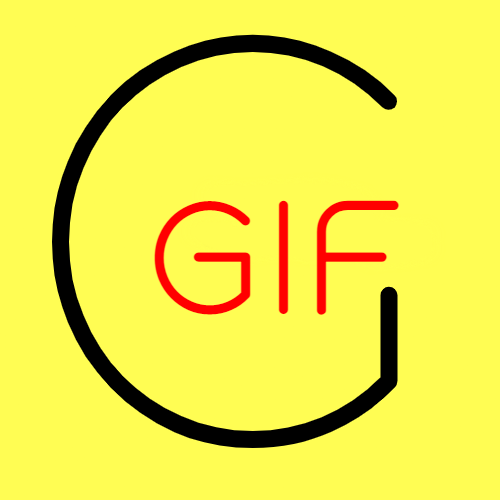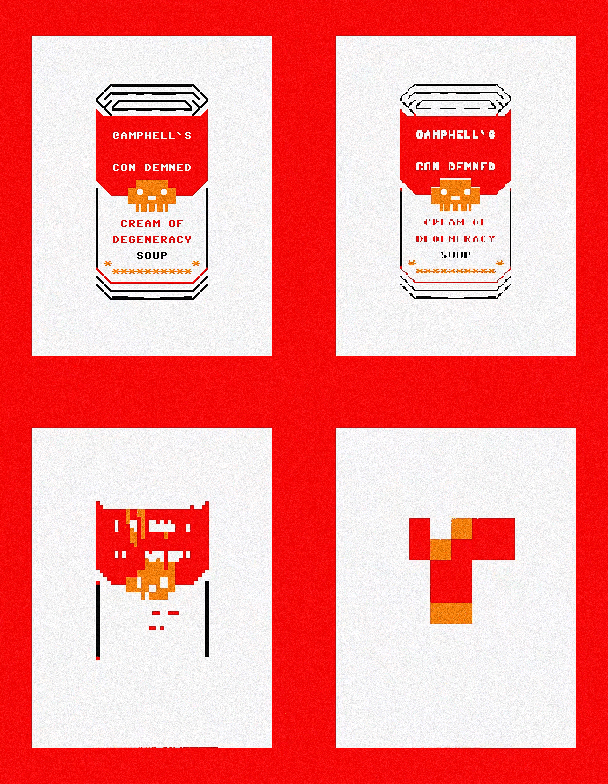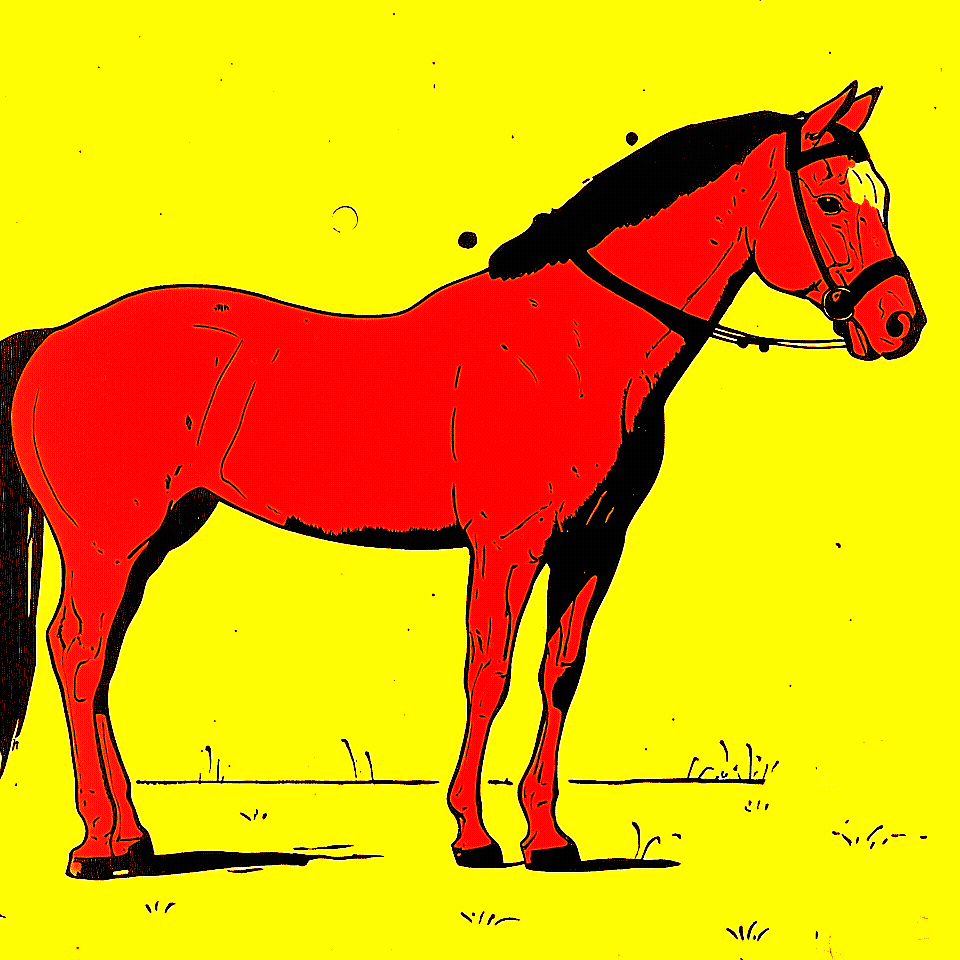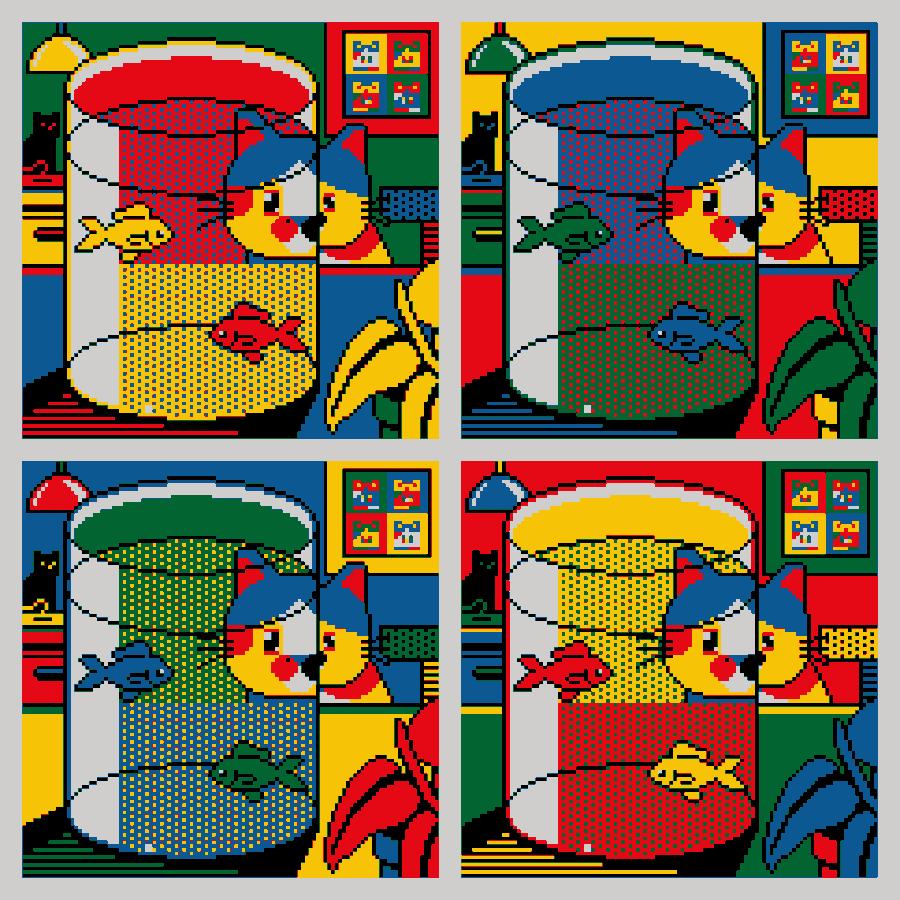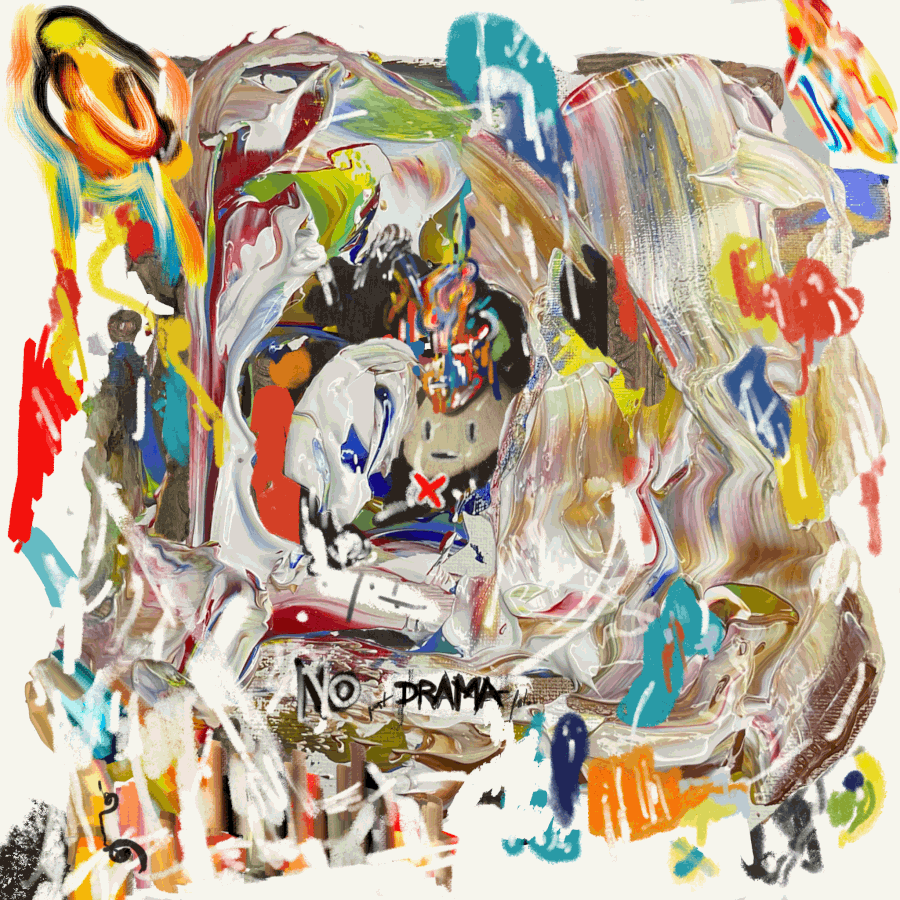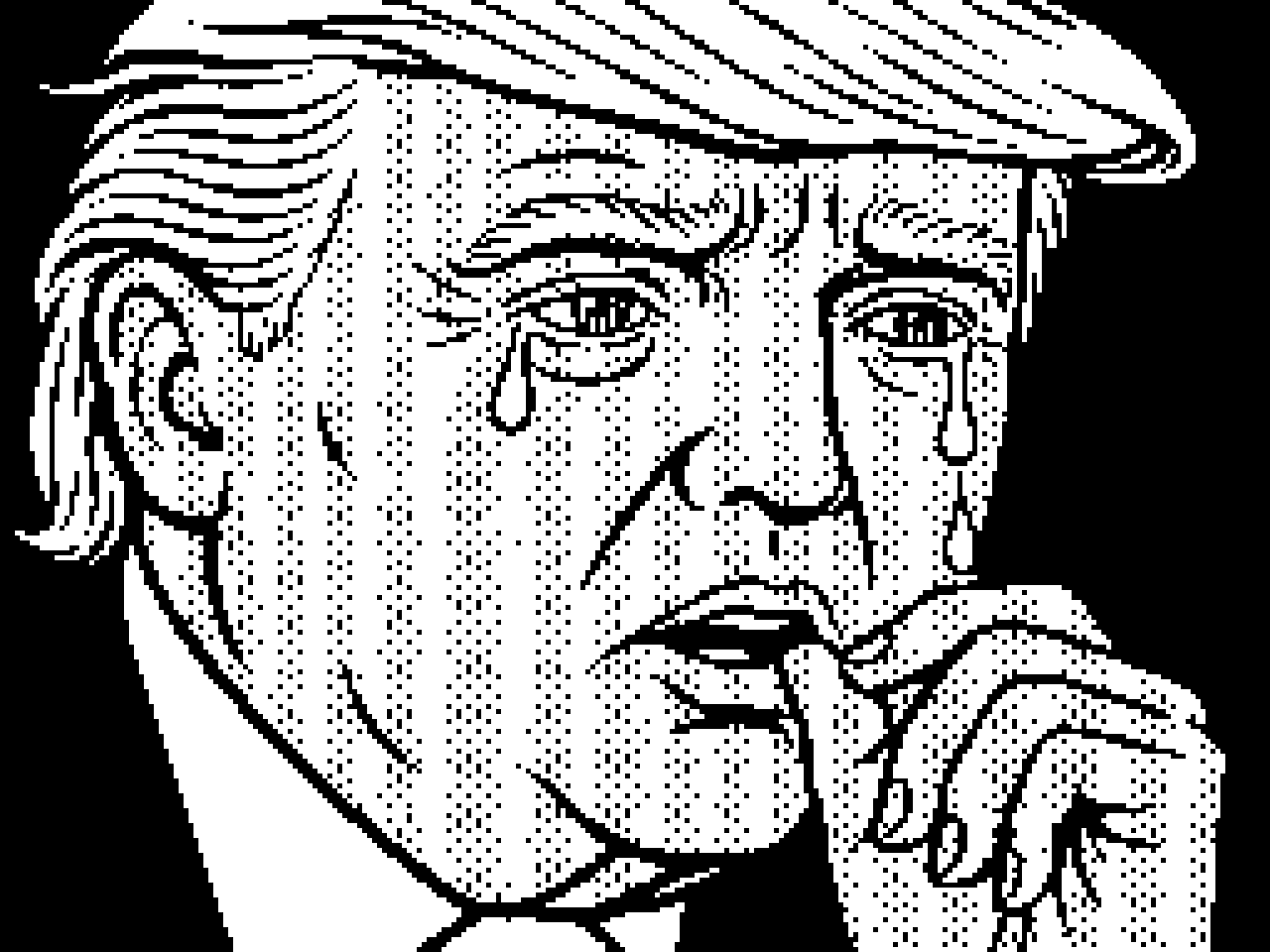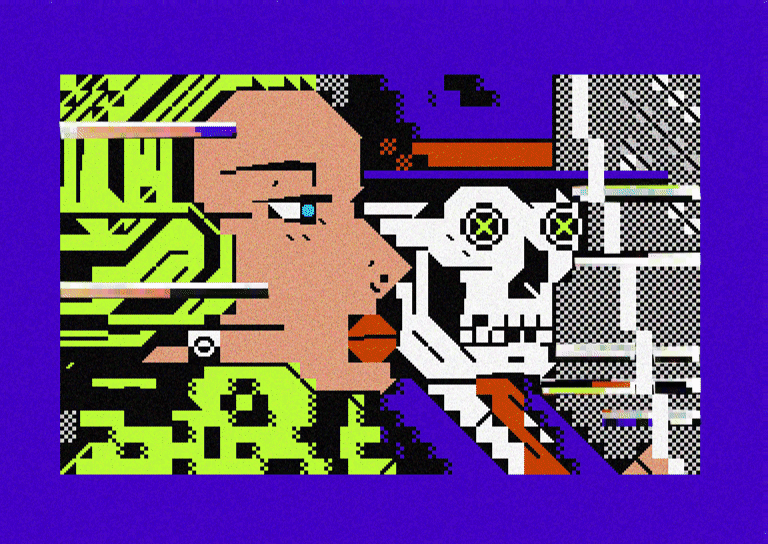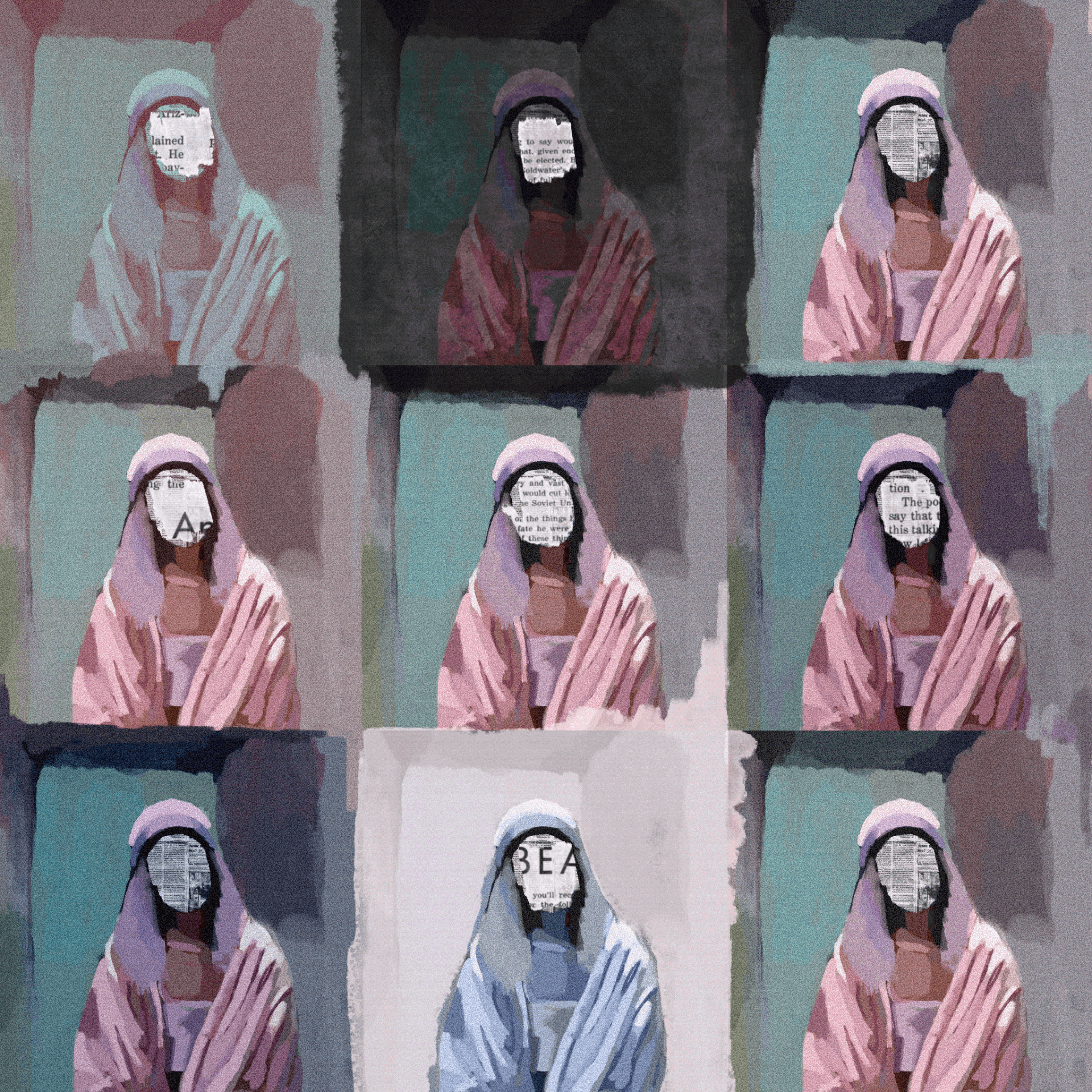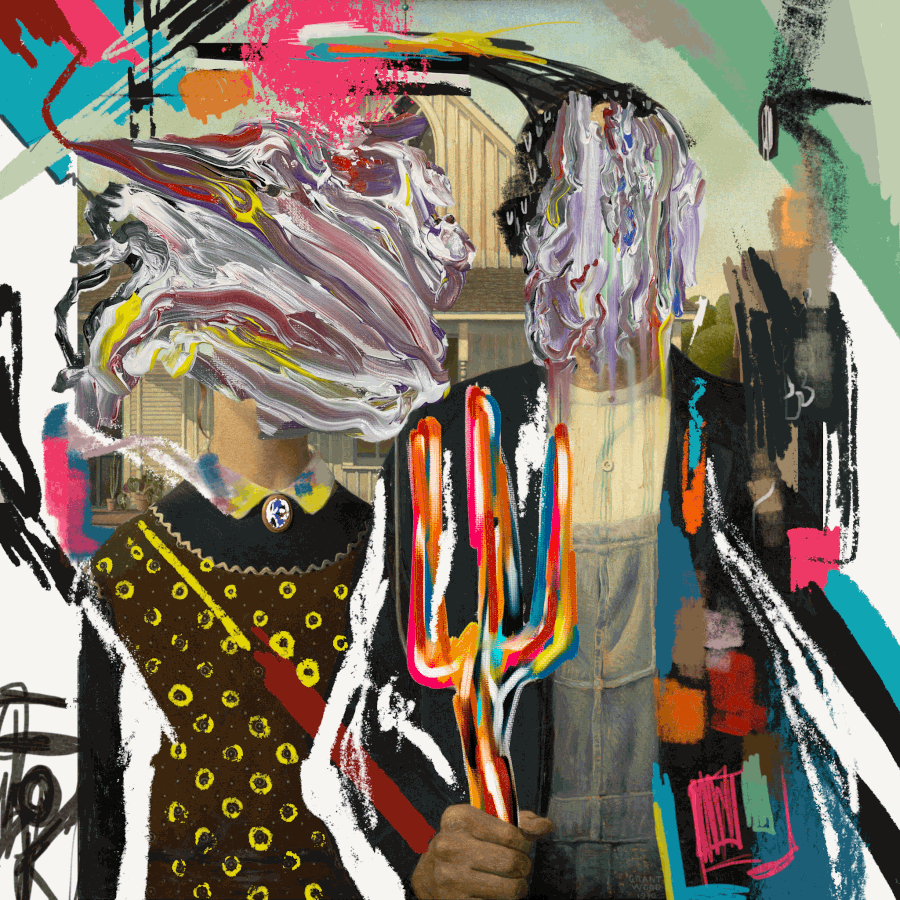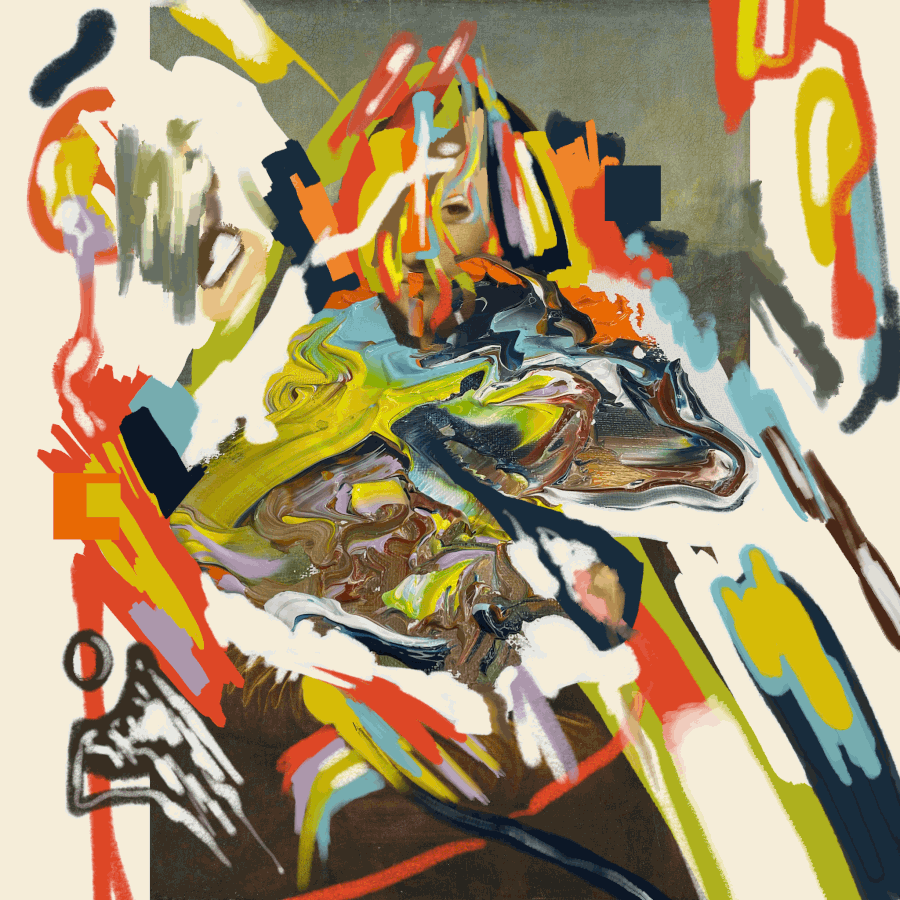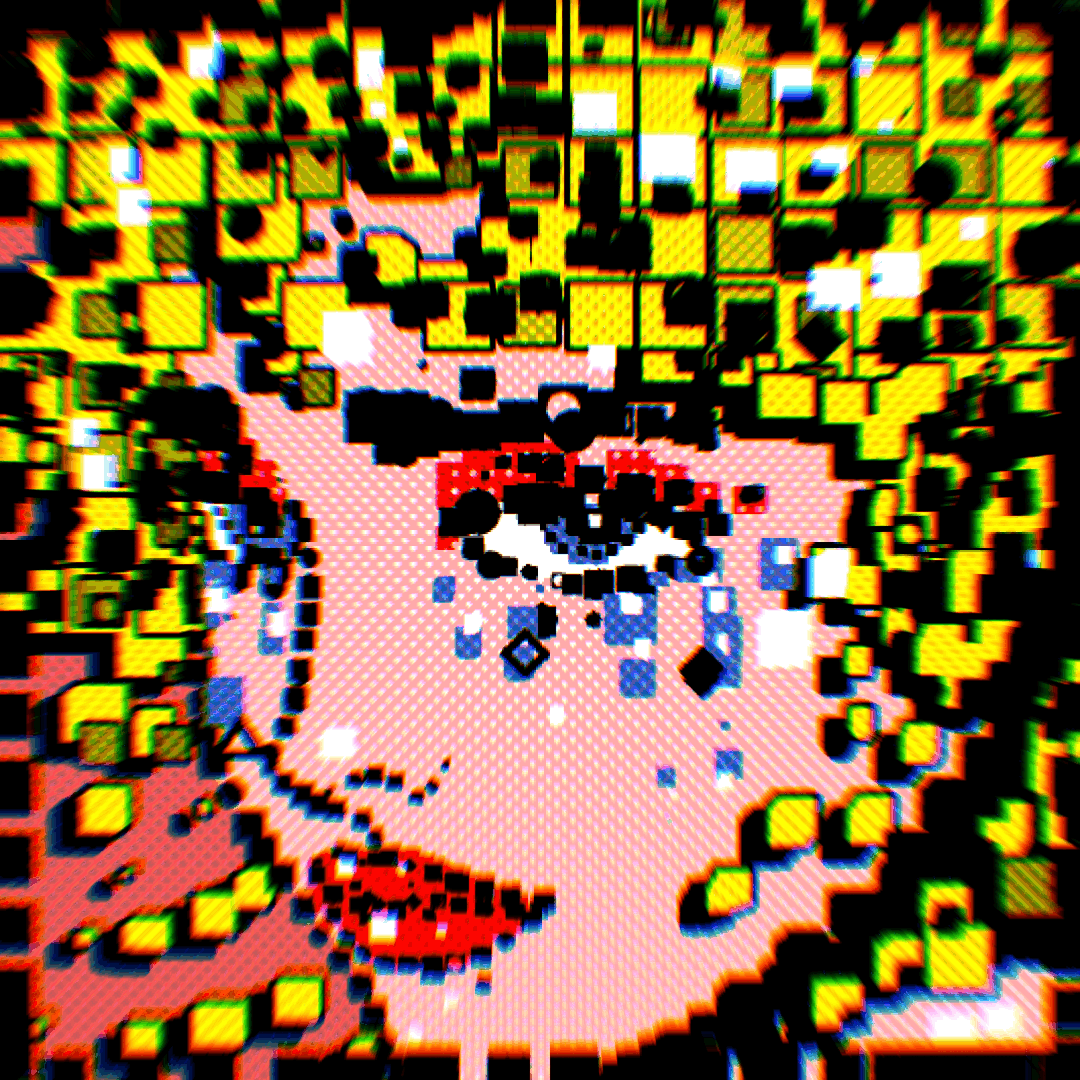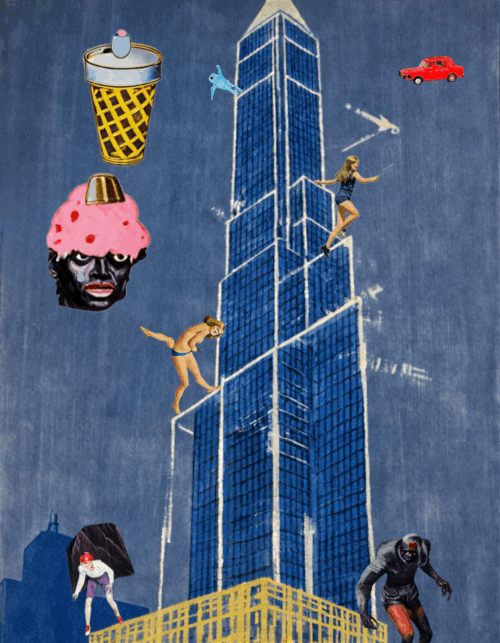Pop Art *
Pop Art *
Pop art and digital art have more in common than you might think
Artists such as Andy Warhol and Roy Lichtenstein drew their motifs from everyday culture, advertising, comics and consumer goods. They celebrated the popular and commercial and challenged traditional notions of fine art. Many digital artists also engage with contemporary pop culture. They use images, symbols and aesthetics from the internet, social media, video games and other digital areas. Here, too, there is often an examination of consumption and media presence.
Dax Norman - matematica nei film 2024
Canekzapata - Dos amigos
ojovivo - Unknown
Shilly Preston - Who'll stop the rain?
uzupis - The Beginning of Pop Art
Yura Miron - Liberation and Return
Patrick Tresset - Iphone 2007
Legio_X - Ikea Donkey Kong Passport Factory 003
Jerome Allavena - A call from the past
Lubitel Bliznih - I can't stand tea parties!
Horo Mox - The Great Slow RGB Swipe
The new interpretations from the year 2025 cannot ignore the icons of Pop Art. Whether Roy Lichtenstein, Keith Harring, Andy Warhol or the pop art queen from Argentina, Marta Minujín. Artists from all over the world make reference to either the subject or the technique in their works. And the Campbell’s cans become Camphell’s cans.
0xEdwoods - Camphell's Soup Cans
Jon Cates - Glitch Western icons
Manytle - Fur and Fins
Treeskulltown - No Drama
Dax Norman - Giallo
Jerome Allavena - Twist Cycle
Shilly Preston - Your body is a wonderland
Canekzapata - Dos cabezas
Shaun Keenan - Special Olympics / Fleshy Matchstick Shape Drop Game Featuring Fly and TV
Pop artists experimented with new materials and techniques that were previously uncommon in fine art, such as acrylic paints, screen printing and collages made from everyday objects. Digital artists use a wide range of software, digital tools or algorithms to create new forms of artistic expression.
Many Pop Art works contained a subtle or more obvious critique of consumer society, the superficiality of the media and traditional art institutions. Digital art can also be a commentary on contemporary digital society and the flood of information.
Max Capacity - Crying Boy
0xEdwoods - In the Car with Death
Hexeosis - hx3_1447
lorenipsum - Kind a Pop
Legio_X - Ikea Donkey Kong Passport Factory 002
Olaf Breuning - Marilyna winking
Pipi Universel - Cant find the lie
Sanchisimo - Beyond the Surface.
Treeskulltown - No Project
Yura Miron - Birth and Becoming
Merzmensch - 1-room apartment for Lisa
In a way, digital art has transformed and expanded pop art's engagement with popular culture and mass media into the digital age. The tools and contexts have changed, but the interest in reflecting the immediate, often commercially influenced environment remains a unifying element.
Hexeosis - hx3_1450
Shilly Preston - There's meltdown in the sky
Treeskulltown - No Less More Bliss
V5MT - CryGirl_Matrix
Yura Miron - Centered Awareness
uzupis - The Ende of Pop Art
0xEdwoods - Marilyns
Denzo - Hello, Is This Absurdity?
Stipinpixel - pure dopamine
Shaun Keenan - New York Conclave
Jerome Allavena - Une cible émouvante
Legio_X - Ikea Donkey Kong Passport Factory 001
